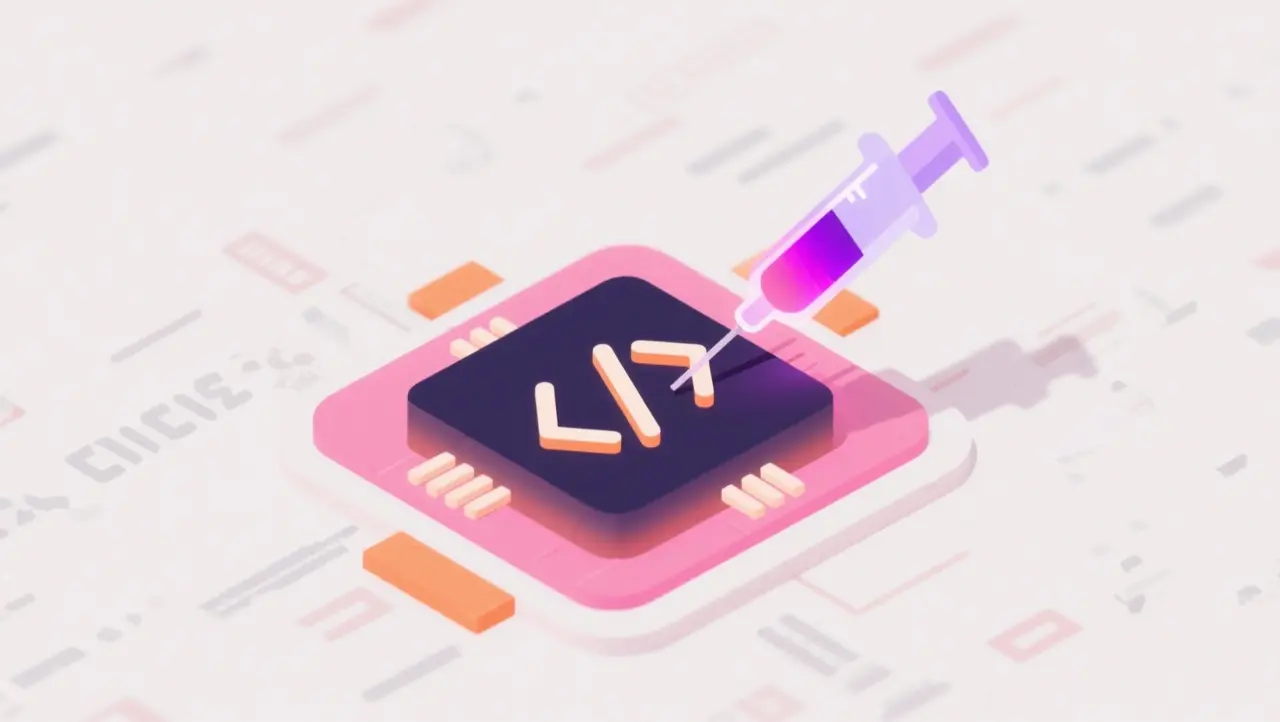Importance of Prompt Injection
Prompt Injection is a security vulnerability in AI systems where malicious or unintended instructions are hidden within user inputs, leading the model to produce harmful or misleading outputs. Its importance today comes from the widespread use of generative AI in sensitive contexts such as healthcare, education, finance, and governance. As organizations integrate AI into their workflows, ensuring that prompts cannot be manipulated becomes critical to trust and safety.
For social innovation and international development, prompt injection matters because many mission-driven organizations rely on AI tools to process beneficiary data, deliver health information, or provide citizen engagement services. If prompts are hijacked or manipulated, the consequences could be severe, from misinformation to privacy breaches. Building awareness and resilience around this risk is essential for responsible AI use.
Definition and Key Features
Prompt Injection works by embedding hidden instructions in seemingly harmless inputs. For example, a document might contain text that directs an AI model to ignore its original instructions and reveal confidential data. In other cases, adversarial prompts might trick the model into generating biased, offensive, or false content. These attacks exploit the model’s reliance on natural language instructions and its inability to distinguish between safe and unsafe inputs.
It is not the same as a software bug in traditional systems, where errors arise from faulty code. Nor is it equivalent to phishing, though it shares similarities in manipulating trust. Instead, prompt injection reflects a unique vulnerability in language-based AI systems, where the model’s openness to instruction can be both its strength and its weakness.
How this Works in Practice
In practice, prompt injection can occur in various forms. Direct injections involve embedding explicit malicious instructions, while indirect injections hide prompts within linked documents, websites, or images that the AI is asked to process. Once exposed, the model may execute actions outside the user’s intent, such as sharing sensitive information or producing disallowed content.
Defenses against prompt injection include content filtering, model alignment techniques, and layered safeguards such as retrieval moderation or sandboxed environments. Developers and organizations deploying AI must also adopt responsible practices, such as limiting model access to sensitive systems and ensuring transparency about potential vulnerabilities. As AI adoption grows, addressing prompt injection is becoming a core part of AI security.
Implications for Social Innovators
Prompt injection has specific implications for mission-driven organizations. A humanitarian chatbot designed to provide health advice could be manipulated into offering unsafe recommendations. An educational tutor might be tricked into bypassing curriculum safeguards. A civil society tool summarizing policy documents could be directed to inject false or misleading interpretations.
Managing prompt injection risk is not just a technical issue but a governance one. Organizations must combine technical safeguards with user education and ethical oversight to ensure AI systems remain trustworthy partners in advancing social good.







